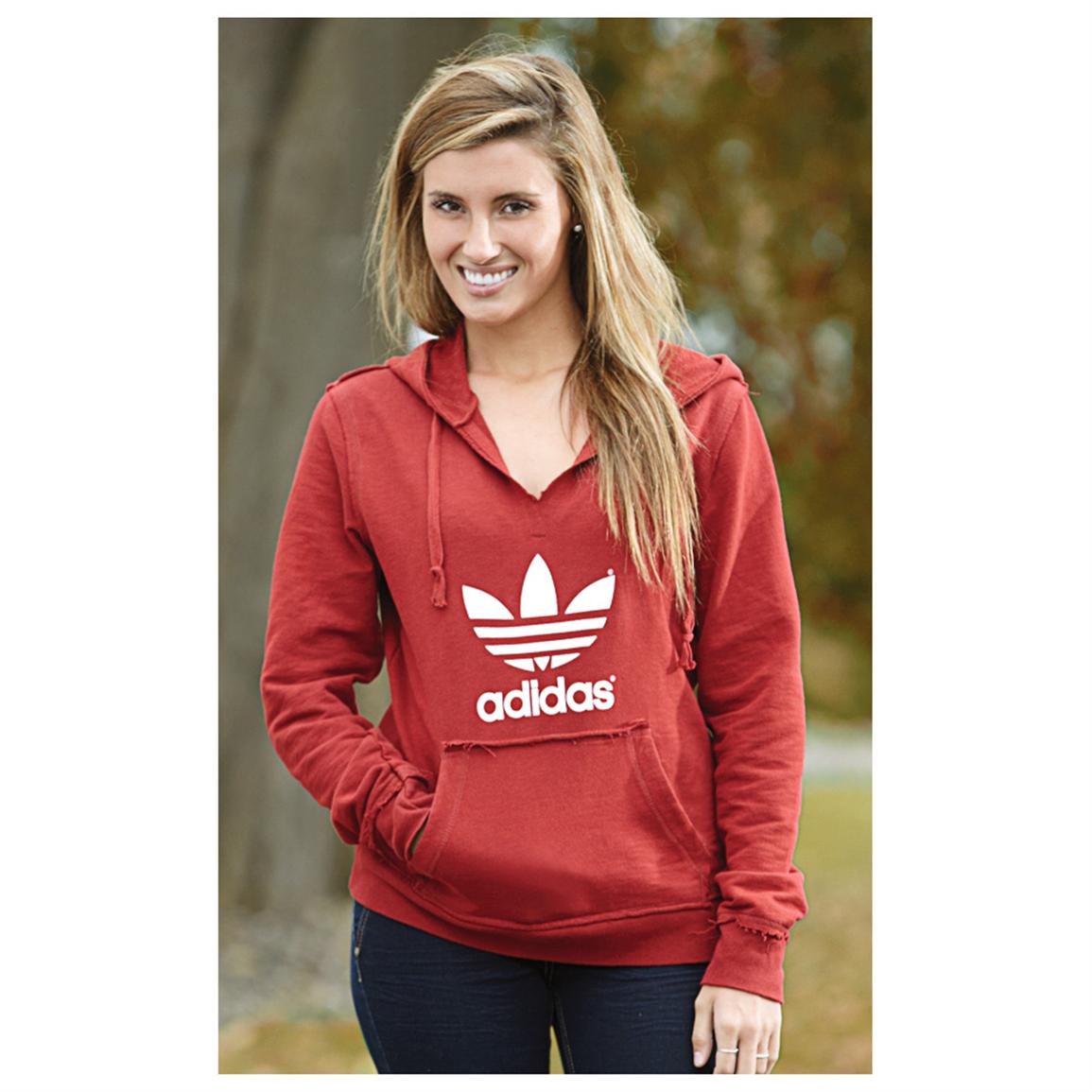Sweatshirts are long-sleeved garments made of thick cotton cloth. They are typically used for casual wear and are not as formal as sweater s or cardigans. They do not usually have an hood. If you're thinking of buying a sweatshirt here are some suggestions:
Norma Kamali sparked the appeal of sweatshirts
Since the late 1970s the Norma Kamali brand has been turning the humble sweatshirt into an art form. Her designs have become a staple in almost every woman's closet. Her unique styles range from a tummy-tucking crew neck , to leather paneled sweatshirts. She also has created clothes with unusual shapes, such as a tank top with a long trumpet skirt.
The collaboration with the brand and the sweatshirt maker Everlast resulted in her Timeless line, which became hugely popular when it appeared in the Spiegel spring 2006 catalog. The collection featured convertible and interchangeable knits in classic silhouettes, and many pieces were priced under $20. Even even if Kamali's Timeless collection wasn't sold in stores, customers were able to find the designs on eBay and Poshmark.
Merino wool sweatshirts feel more comfortable than sweatshirts made of soft wool.
Merino wool is well-known for its moisture-wicking properties, which helps to keep you comfortable and dry. https://note1s.com/notes/OP5H76V is a natural fibre that also offers a smoother and more comfortable feeling. The fabric also dries quickly in comparison to other natural substances. Furthermore, merino is a sustainable resource. The merino sheep shed coats every year and regrow new coats.
The warmth-to-weight ratio of merino wool makes it popular for sweatshirts. It helps to regulate body temperature due to its loft which naturally retains heat between the fibers. This is why Merino wool sweatshirts are ideal for outdoor and summer activities such as mountain biking, hiking and running. The warmth it provides keeps the wearer comfortable and dry. This is important when exercising.
Zip-front hoodies have kangaroo pocket
Kangaroo pocket Hoodies are a well-loved style of hoodie. They feature a big pocket in the front, which helps keep your hands warm during cold days. They're additionally more practical than conventional pockets because they permit the hands to slide in and out easily.
Kangaroo pockets are usually large enough to hold the wallet, or other small personal items. They are commonly large enough to accommodate the palm of a hand that is small or even large enough to accommodate two hands. They are wide on either side and are ideal for carrying small items.
French Terry fabric is a popular fabric for sweatshirts
The French Terry fabric is constructed of soft yarns that are knit into loops and is typically midweight. It is also known as a fabric that wicks moisture and is already pre-shrunk. French terry is a great choice for sweatshirts because it is warm when you're in need and also keeps you cool when you're trying to cool off.

French Terry is also popular for casual wear, as it is stretchy enough and has enough flexibility to feel good against your skin. It also allows air to circulate through the fabric, making it perfect for layering under other clothes. Additionally, since it's lighter than most sweatshirts, you can wear it throughout the year without feeling warm or cold.
Hoodies are classy and have a connotation of class.
Although it might appear that hoodies are simply an appropriate clothing item for those who are working class but the truth is that they carry classist connotations. Hoodies first became used in the early 1970s , in New York, where graffiti artists wore them to conceal their identities. In 1976, hoodies made their major appearance in the film "Rocky," when the protagonist of the film was a working class man in grey sweats with hoods during his famous climb up the steps of the Philadelphia Museum of Art.
Hoodies are often associated with death, destruction and other unpleasant things, but they also serve practical purposes. For instance, monks and priests may wear hoods to show the proper manner of dress and to focus on their inner self.
